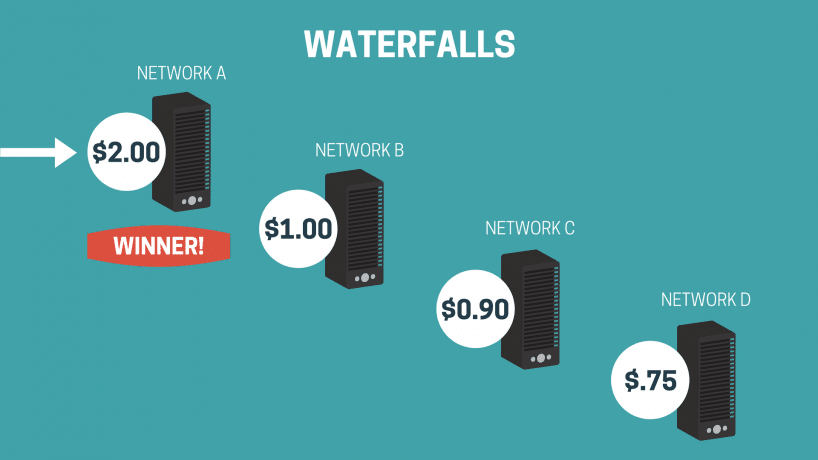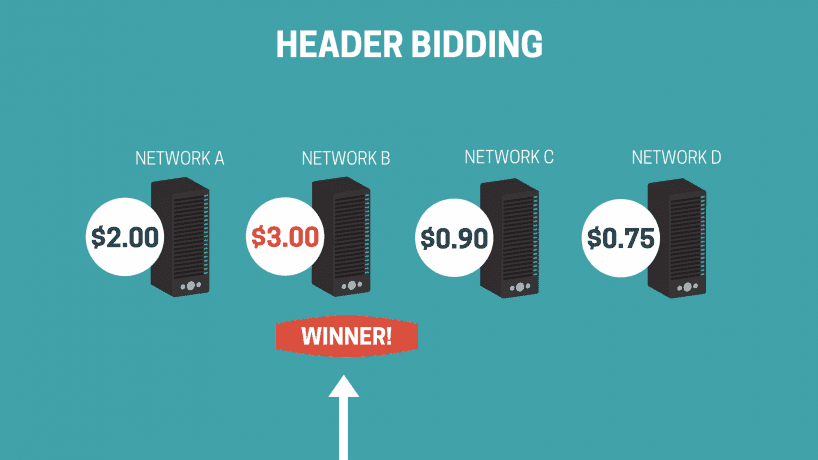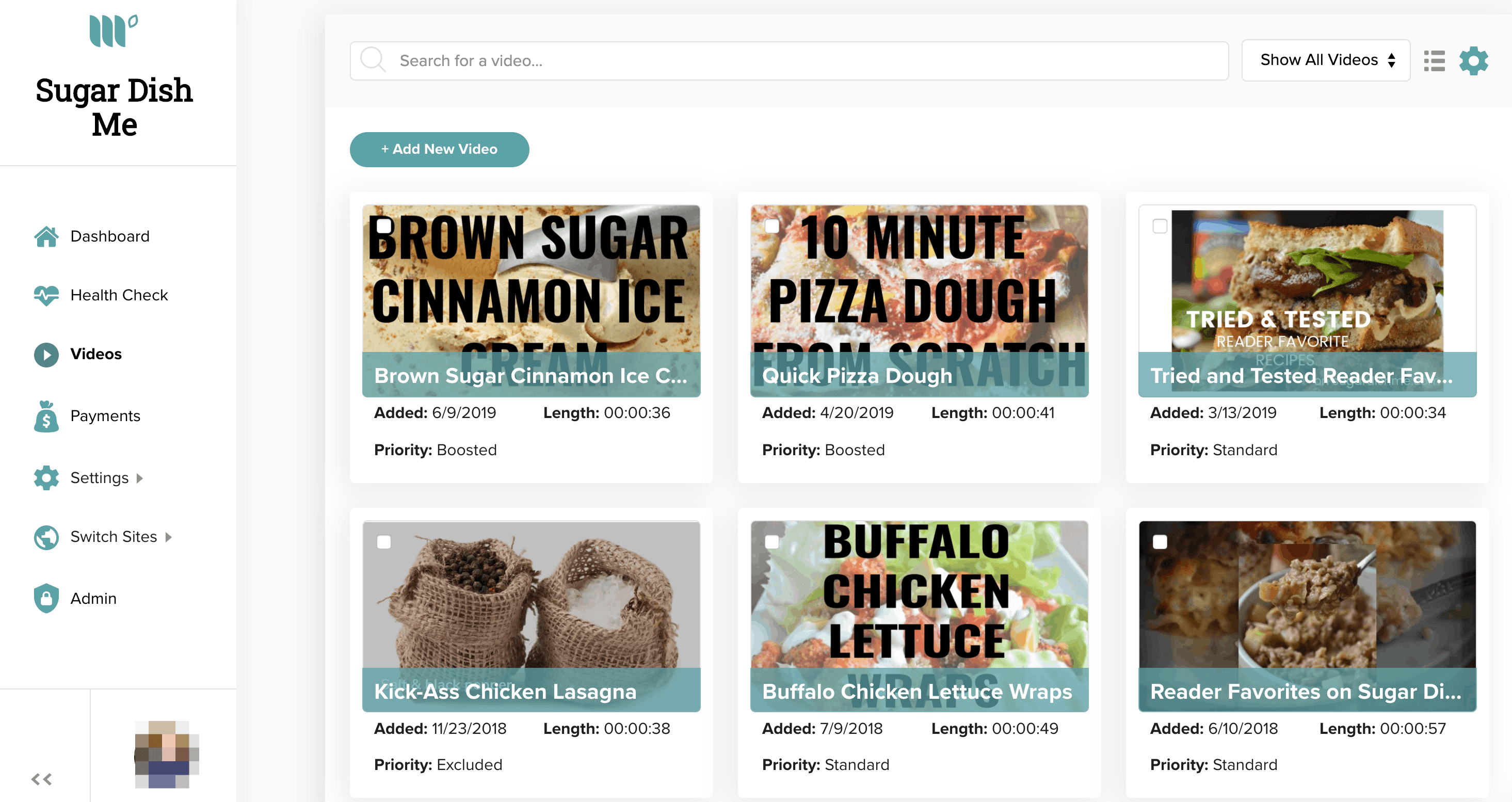Video Header Bidding: How It Works & Why It’s Kind of a Big Deal


Having published a guide to Mediavine video content capabilities last week, today we’re breaking down how things work under the hood for every video unit that’s sold on your site.
As we’ve said more than a few times, 2018 is the year of video at Mediavine, and like our display and native ads, we use header bidding to get the most out of our publishers’ inventory.
Similar to how display and native ads are served, video header bidding is an auction of auctions, with winning bids from our ad partners’ independent auctions competing in one meta auction.
We’re explaining it in today’s installment of our Go For Teal video series:
The winner of the winners gets to serve the ad, generating the most revenue through competition.
However, unlike with display and native ads, video header bidding is not commonplace, so we’re unique in that we’ve been running it since the launch of the Mediavine Video Player.

First, a primer on how video ads were bought and sold before the advent of video header bidding — and in this case, how most people are still doing their video ads.
Video ads are unique in that there’s a well-adopted standard for how ads are served, and that lies in the concept of VAST tags. While both display and video ads have similar auction dynamics using what’s known as the OpenRTB, that’s where the similarities end.
With display, when an ad wins an auction, it can return whatever it wants in its ad code, and the ad server just runs that. When a video ad wins an auction, however, it is required to return an ad in the VAST XML format.
Why is that so important?
Simply put, it allows for a more intelligent waterfall setup than traditional display ads. Display ads use a system where, if you try to serve an ad and the buyer has no ad to serve, a “passback” tag is sent back to the ad server — a slow, one-way communication that requires multiple, synchronous hits to the ad server.
However, with video, the VAST response is vastly superior (sorry) in that it can return another ad to serve instead, or register that there was no bid at all. This concept paved the way for what DFP (now Google Ad Manager) calls video fallback ads.
In other words, an ad server can actually return multiple ads and the video player can pick the correct one to serve if the first ad fails or returns no bid. This fallback makes sure multiple parties can participate in the auction, and means ads are more likely to serve, even in the case of bad ads or certain parties not bidding.

Since Mediavine runs video header bidding, I’m guessing you know my answer. We definitely do. In all those scenarios we mentioned, there’s still a waterfall, just a fancier one. You’re still prioritizing partners in order, and using historical bids, not real-time bids.
For example, let’s say we’re working with Index Exchange and AppNexus in a traditional setup. If IX historically averages a $10.00 CPM and AppNexus averages a $6.00 CPM, Index Exchange would always serve first; AppNexus would only serve if IX had no bid or errored out.
It wouldn’t matter that on a given impression, AppNexus might have a $20.00 CPM; IX would always win, even if its current bid was $6.00.
That’s because you’re going off averages with the traditional video fallback method.

With Video Header bidding, IX would be able to submit its $6.00 bid, while AppNexus could return its $20.00 bid, winning the auction and earning the chance to serve the ad.
What’s incredible about video header bidding is that you can still use the fallback method if set up right. For example, if that $20.00 AppNexus ad fails to serve (video ads definitely have their share of issues, but that’s a blog post for another time), IX can still serve as the fallback ad.
What you really need to know: Mediavine has gone above and beyond to set this up properly for all partners to compete in video header bidding AND serve fallback ads for winners that error out.
Implementing this complex and still-relatively unique system has been slow going at times, but it’s paid off. Video header bidding is taking off, with many new ad partners joining the auction and allowing us to command the high CPMs that video ads deserve.

No more waterfalls devaluing our inventory. No more wasted potential and money left on the table due to outdated technology. Another way in which Mediavine helps publishers maximize returns, letting you focus on what you do best, creating the amazing content their audiences love.
Stay up to date with the latest from Mediavine
As the digital advertising landscape evolves, the need for effective data management and compliance has never been more critical. As part of our commitment to providing exceptional solutions for our …
Welcome to the much-anticipated release of the fifth-annual edition of “The Best eCPM Days of the Year” calendar. Each year, we analyze historical trends to provide publishers with a graphical …
“Let’s talk about politics.” We know. This is a phrase absolutely no one wants to hear uttered around the dinner table or backyard barbecue these days. But hear us out. …